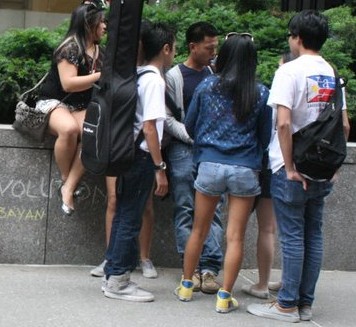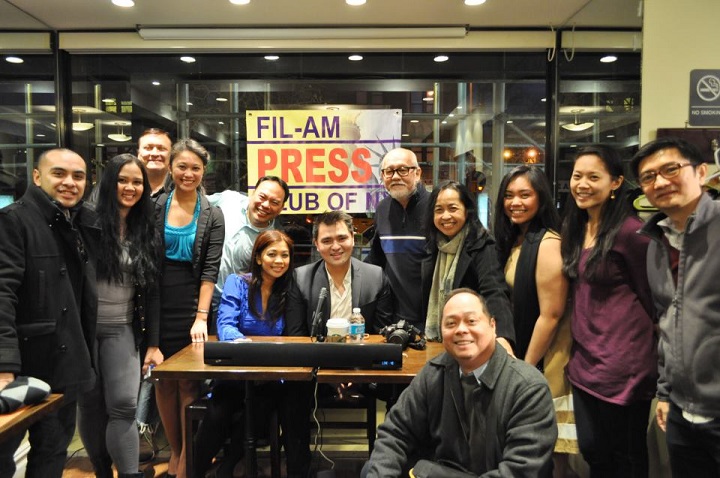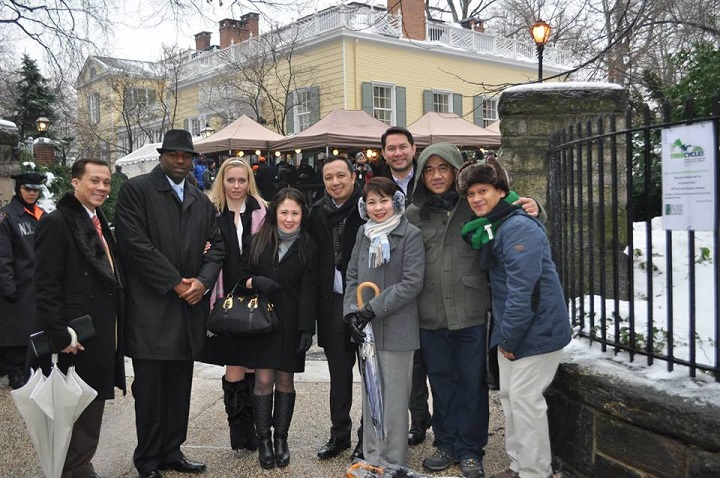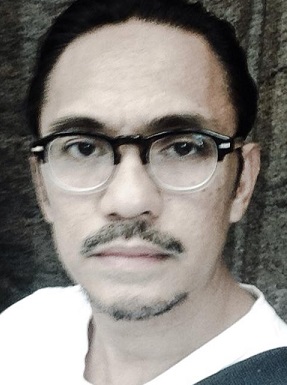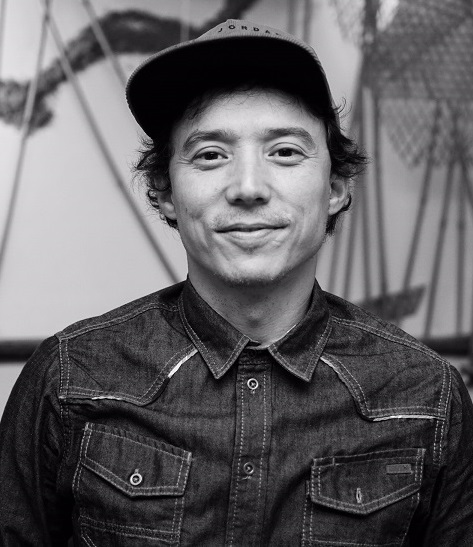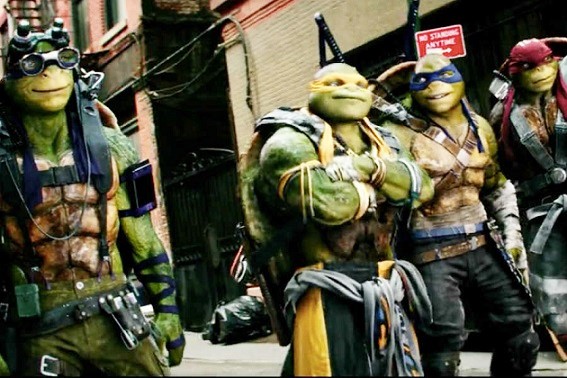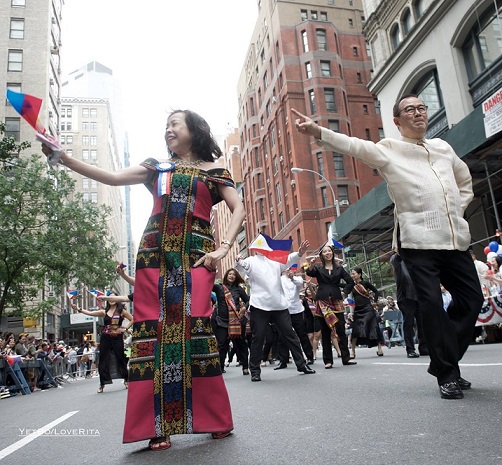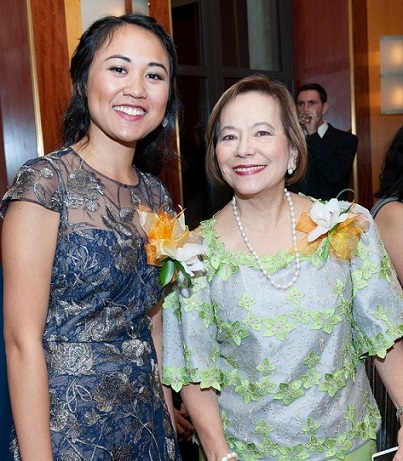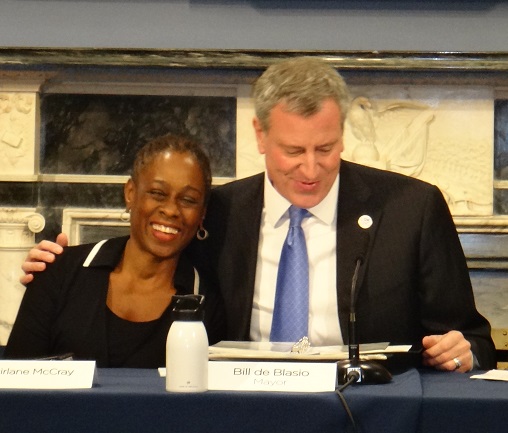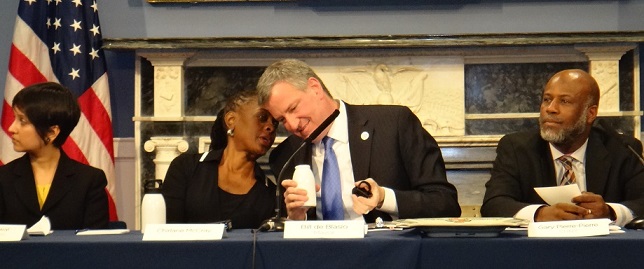Mayor De Blasio, First Lady to ethnic media: ‘Your stories are a lifeline’
By Cristina DC Pastor
Mayor Bill de Blasio took his place at a quadrangle table and smiled broadly at journalists of color waiting for him to speak. He began by holding up a plate showing Southern Italy, the hometown of his family. Next, he introduced First lady Chirlane McCray, whose family comes from St. Lucia and Barbados.
With that, New York City’s First Couple established their immigrant credentials before a March 27 meeting with journalists from the city’s ethnic media. More than 3 million people in New York are foreign-born, said de Blasio noting how the population is almost the size of big cities like Chicago and Los Angeles.
Through the years, he said, he and his wife have stayed in close touch with their families in their countries. “Where we come from is central to our heritage, our sense of connection to everyone else,” he said.
And to the ethnic media representatives in the room, he quipped, “We value that you have that direct connection.”
McCray, who is a member of her husband’s Cabinet as chair of the Mayor’s Fund to Advance New York City, said she too is a journalist having written for black magazines, such as Essence.
“I know that the news is not just the New York Times and 10 10 Wins,” she said. “Politics is local, news is local.” She said the stories written by the ethnic media are a lifeline to the city’s immigrant community. “You have your ears to the ground,” she said. “People talk to you, and journalism is a conversation.”
De Blasio introduced the new commissioner of the Mayor’s Office of Immigrant Affairs (MOIA) Nisha Agarwal, whose parents emigrated to the U.S. from India. She said that when her parents wanted to hear the news, they turned to the ethnic media first.
It is an honor for her, she said, to now be leading an agency that is dedicated to assisting immigrant communities connect to city services. One of her biggest tasks is the rollout by the end of 2014 of the municipal IDs for the half a million undocumented New Yorkers. She stressed the issuance of the cards will require legislation. “It’s a complex task,” she said. “By the end of the year there will be cards.”
The mayor updated the journalists on his initiatives:
– He said some 200K units of affordable housing will be made available within the next 10 years to address issues of rising rentals. He said the city is conducting an inventory of vacant properties to identify areas where such properties can be located. “I am very sensitive to what all tenants and all working people have gone through in this economy,” he said.
– He said the Muslim surveillance program requires a “partnership” between law enforcement agencies and communities. “We do not break the law to enforce the law; that is the view we take,” he said. He would like to see, he said, the Muslim holiday Eid added to the public school calendar.
– He said to expect “intense diversity” as he makes more announcements on new deputy and assistant commissioner positions. He reiterated how he would like to see his administration “look like New York City.”

